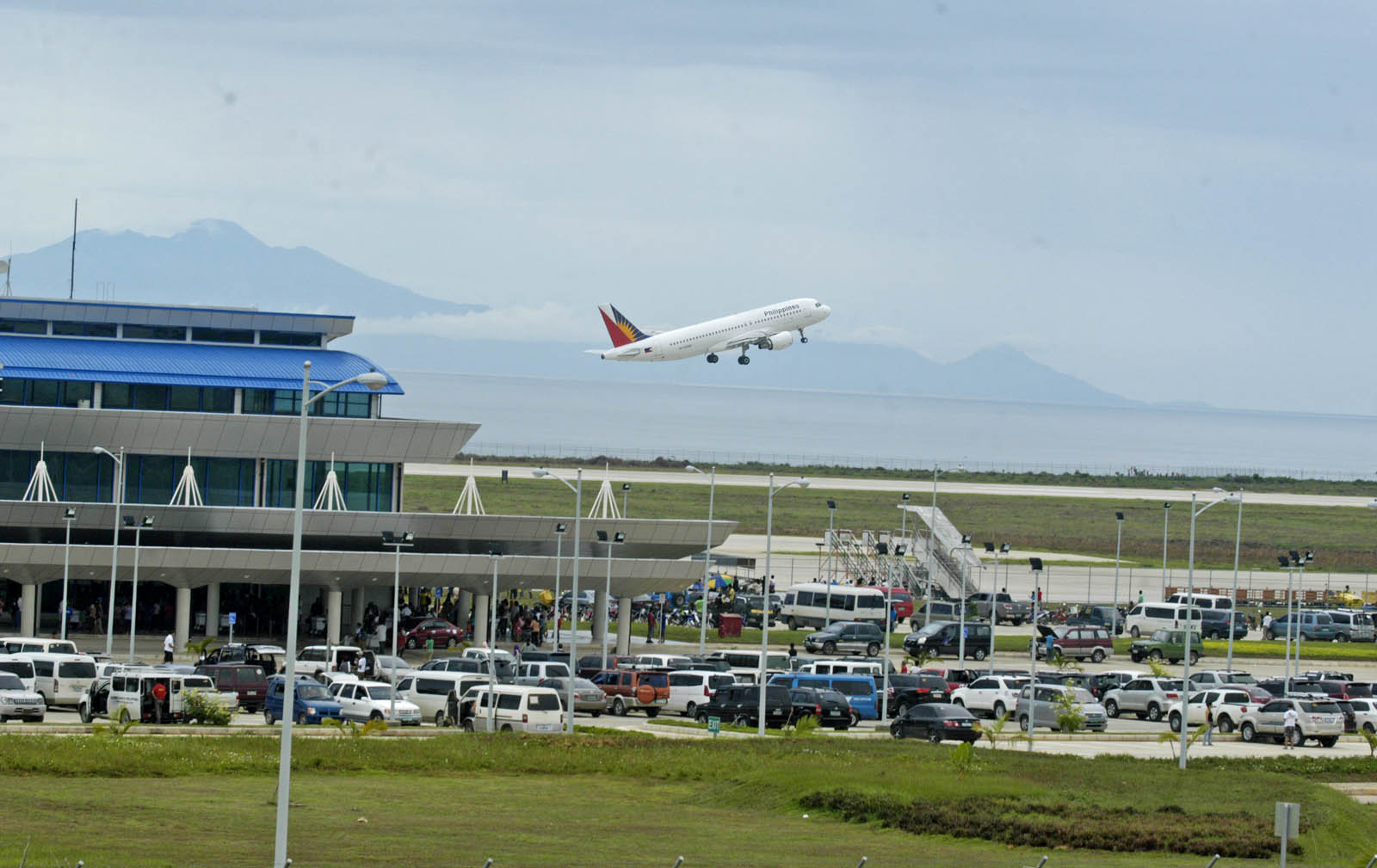Project dubbed as “Building up an Integrated Methodology for Water Resources Assessment and Management in Urban Coastal Areas” or BIMWAM has recently established ties with the local government unit (LGU) of the Municipality of Opol and the Opol Waterworks Cooperative (OPWACO) for research and community empowerment.
BIMWAM, LGU Opol, and OPWACO signed a memorandum of agreement (MOA) on Wednesday, July 4 to formalize their respective roles and commitments in the said project. The Office of International Cooperation and Networking (OICN) of Xavier University – Ateneo de Cagayan facilitated the event.
The principal signatories of the MOA were Opol Mayor Maximino Seno, XU’s vice-president for basic education Dr Dulce Dawang (on behalf of XU president Fr Roberto Yap SJ), and BIMWAM project coordinator for the south Dr Guadalupe Calalang.
“I am thankful for this opportunity to collaborate with Xavier University and our partners from Belgium,” Seno said. “We hope this project will be successful and to be beneficial to the people of Opol.”
BIMWAM aims to develop a methodology to assess the water resources, potential, and quality in urban coastal areas, particularly in the municipalities of Opol and Medina (both are parts of Northern Mindanao region), by reinforcing the local scientific capacities and expertise.
On January 24 this year, BIMWAM and Medina Rural Waterworks and Sanitation Cooperative (MERWASCO) signed a similar MOA for the Municipality of Medina area.
Water resource assessment
The group also targets to empower water cooperatives and other LGUs by improving their strategies regarding sustainable water management through the implementation of a dedicated decision-making tool under the supervision of Xavier Ateneo.
Besides XU, University of St La Salle, Université de Namur, Catholique Université de Louvain, and Université de Mons of Belgium are instrumental in enabling this research project to be implemented in Opol and Medina.
Dr Vincent Hallet of Université de Namur, in his presentation in January this year, showed the Geographic Information System (GIS)-generated maps and instruments to be used to measure water quality of groundwater and intrusion of saltwater, among other factors.
Hallet said that due to the high probability of the intrusion of salt water, it is harder to access potable groundwater in coastal areas. One of the challenges of this project is to locate and map out water sources in the municipalities and determine their quality.
He added that BIMWAM could serve as a prototype of a standardized methodology for water resource assessment that could be replicated in Cagayan de Oro and other coastal communities in Mindanao. Based on the agreement with LGU Opol, Xavier Ateneo, through the BIMWAM research team, will provide technical experts to implement the project activities.
The university will also train LGU Opol’s technical employees, who are assigned to groundwater and water quality monitoring, on basic hydro and hydrogeological concepts to improve their monitoring approaches and management.
On the other hand, LGU Opol agreed to grant access to the BIMWAM project researchers to do quantity and quality assessments of their water sources, facilities, and distribution networks such as pump testing, water sampling and monitoring, tracer tests, water technical audits, and other relevant information.(PR)
Disclaimer
Mindanao Gold Star Daily holds the copyrights of all articles and photos in perpetuity. Any unauthorized reproduction in any platform, electronic and hardcopy, shall be liable for copyright infringement under the Intellectual Property Rights Law of the Philippines.












